“Our cuisine is all about making the best use of seasonal ingredients. Because of this, we always strive to find the best ingredients according to the time of year,” explains Daisuke Hayashi, chef and owner of the first Kaiseki restaurant in London, Roketsu. Hayashi trained under the revered Yoshihiro Murata of three-Michelin-starred Kikunoi in Kyoto and is considered one of only a few Kaiseki masters in the world. Though this hyper-seasonal style of Japanese dining is uncommon in the English capital, its traditions date back to when the multi-course menu was served to Buddhist monks at tea ceremonies.
Meet the Chef: Daisuke Hayashi of Roketsu
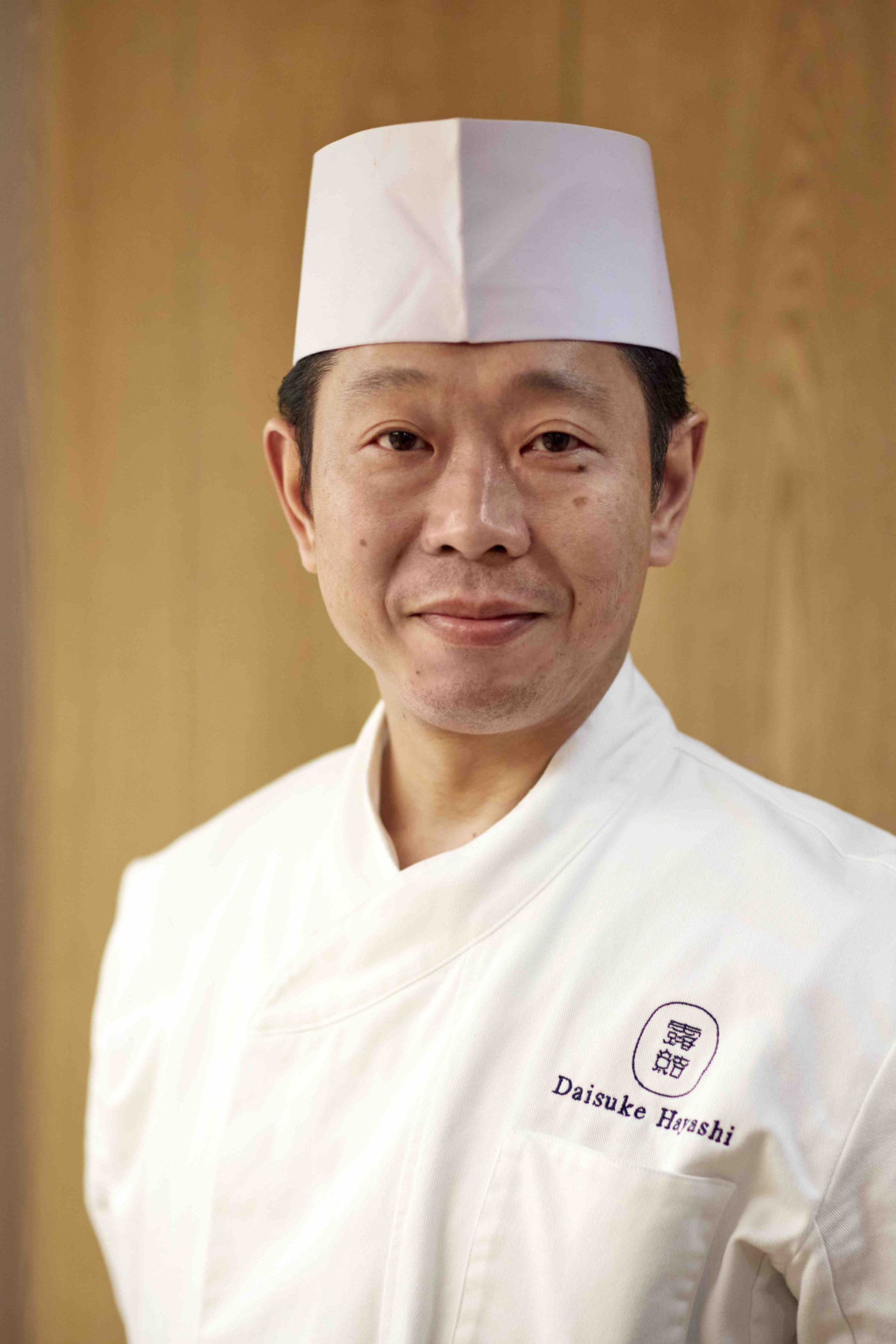
"Our cuisine is all about making the best use of seasonal ingredients. Because of this, we always strive to find the best ingredients according to the time of year,” explains Daisuke Hayashi, chef and owner of the first Kaiseki restaurant in London, Roketsu.
London's culinary landscape is constantly evolving, welcoming flavours from around the world. Amidst the diversity, a hidden gem has emerged, offering a culinary experience deeply rooted in tradition and seasonality. Meet Daisuke Hayashi, the visionary chef and owner of Roketsu, London's premier Kaiseki restaurant. Kaiseki, an ancient Japanese dining tradition, focuses on the meticulous selection of seasonal ingredients to create exquisite multi-course menus. In this exclusive interview, we delve into the world of Kaiseki through Hayashi's eyes and explore his journey from training under one of Japan's acclaimed chefs to bringing a slice of Kyoto to the English capital. Join us as we uncover the philosophy, culture, and philosophy behind Roketsu's culinary artistry and the one ingredient that holds the key to Japanese cuisine's heart.
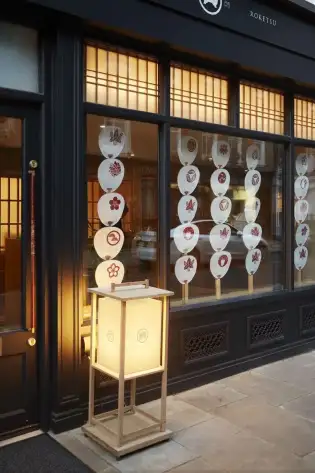
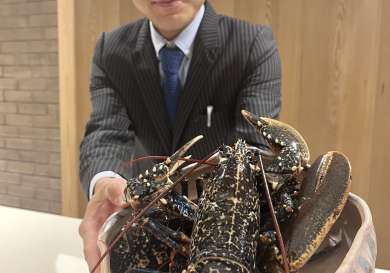
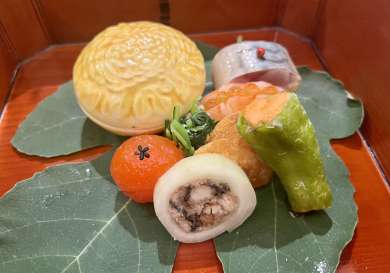
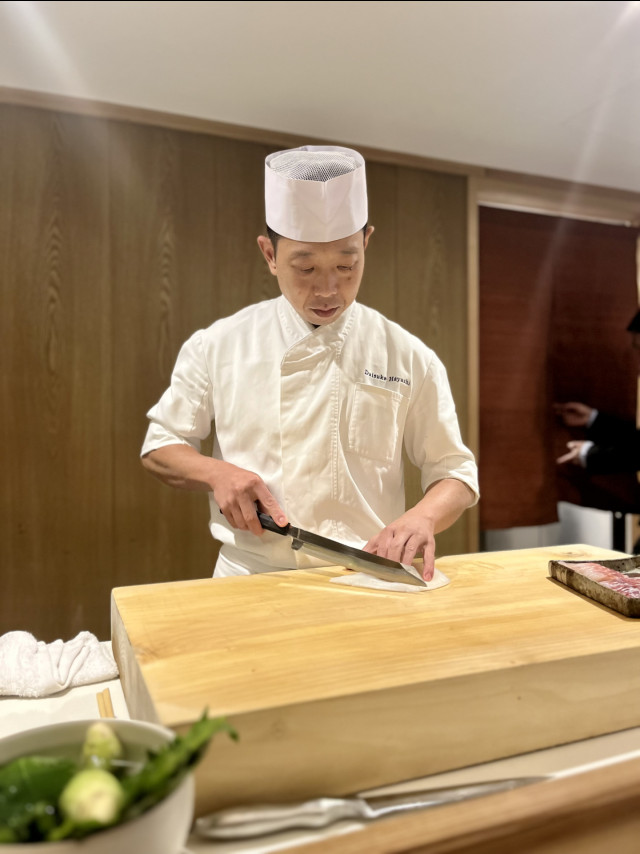
It’s evident that Hayashi aims to bring a slice of Kyoto to London. Guests are greeted at the entrance by Oribe ceramic tiles laid by a master potter from Kyoto before they head into the restaurant where they’ll find rustic wooden interiors created in the refined Sukiya style (by the same craftsmen who built tea rooms for the Rockefellers) with walls painted in the uneven hikizuri fashion. The two-storey location houses the ten-seater dining room, a private dining area for up to 6 guests, and the “bo-sen” wine and dining room, which has a more relaxed atmosphere where guests can enjoy a selection of over 500 wines and sake.
Our dinner takes place in the main dining room, where we join a handful of other guests at the hinoki wooden counter as Hayashi, sommelier Ryosuke Mashio and their team give us a warm welcome. There’s a quiet energy in the room as Hayashi and his chefs are slicing raw fish, General Manager Kenichi Kakuta brings out an enormous live lobster that he explains will be part of our grilled course, and Mashio starts pouring glasses of sparkling lemon sake with bergamot. “We think of the restaurant as an amusement park, and we want to provide food that is good for your body and your health,” says Hayashi.
Kaiseki Menu
Our kaiseki menu for the evening was made up of 10 courses:
1. Sakizuke (Starter)
The meal started off with a fig starter that had an interesting combination of strong fig mustard topped with salty bonito flakes
2. Hassun (Assortment of seasonal dishes)
To celebrate the summer season, our Hassun course included Cornish mackerel; littleneck clam steamed with sake; egg yolk that was marinated overnight with white miso and then hard boiled and shaped to look like a stone fruit; along with friggitello pepper, prawn, salmon roe, eel, wild rocket, pine seeds, and Oscietra caviar. The combination of textures, temperatures, and flavours was delightful and it felt like a treasure hunt exploring different aspects on the plate.
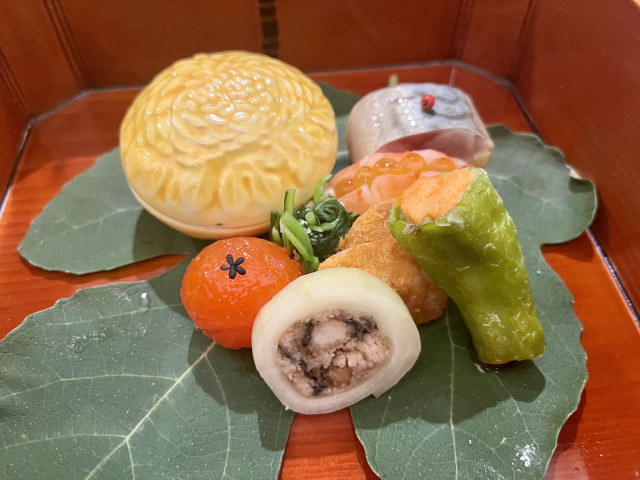
3. Mukozuke (Sashimi course)
The sashimi course comes in two parts—a selection of sea bass and cuttlefish from Cornwall, razor clams, and wasabi from Mt. Fuji. Next came the mouth-watering toro sashimi, which was expertly prepared by Hayashi and served with generous shavings of truffle and a rich, kimi-joyu soy-marinated egg yolk sauce. As delicious as this sauce was, I missed the fresh simplicity of the melt-in-your mouth toro and would have liked to see it in its purest form as well.
4. Futamono (Lidded dish)
The lids were lifted off of our Futamono courses and inside there were tender pieces of Iberico pork served with rice. It takes three days to tenderise the pork and on the third day it’s seasoned with brown sugar and red miso, giving a depth of flavour that’s balanced out by the accompanying potato puree, rainbow chard, and Italian muskmelon.
5. Yakimono (Grilled course)
Finally our dear crustacean friends who we met earlier in the evening have made it onto the grill and then to our plates. They were prepared kinome-yaki style, where they’re basted 5-6 times with a special sauce on the grill and then served with kinome leaves for aroma. The claw is deep-fried with rice and a small bowl of lobster stock is served on the side.
6. Sunomono (Vinegar course)
The Sunomono was the course I liked the least—largely because the diced fruit did not provide enough texture for the vinegar-dressed alfonsino (a rare deep-water dish that’s bright red in colour and related to the red snapper). Because I’m used to seafood-vinegar combinations that have a kick to it (spice being very uncommon in Japanese cuisine), the sweet and vinegar flavours were ones I wasn’t accustomed to.
7. Shiizakana (Chef’s choice)
On the day of our visit, we had the pleasure of trying both Shiizakana options: Dover sole and Kagoshima wagyu. Served shabu-shabu style, we were provided with a number of vegetables to season the stock before dipping our proteins in to cook them. It was a comforting dish and made for a fun, interactive experience that all the diners enjoyed.
9. Gohan (Rice)
The rice course featured another Cornish specialty—octopus! Generous portions of the succulent meat was served with young ginger and rice, whilst a bowl of edamame soup and a side of pickles completed the course.
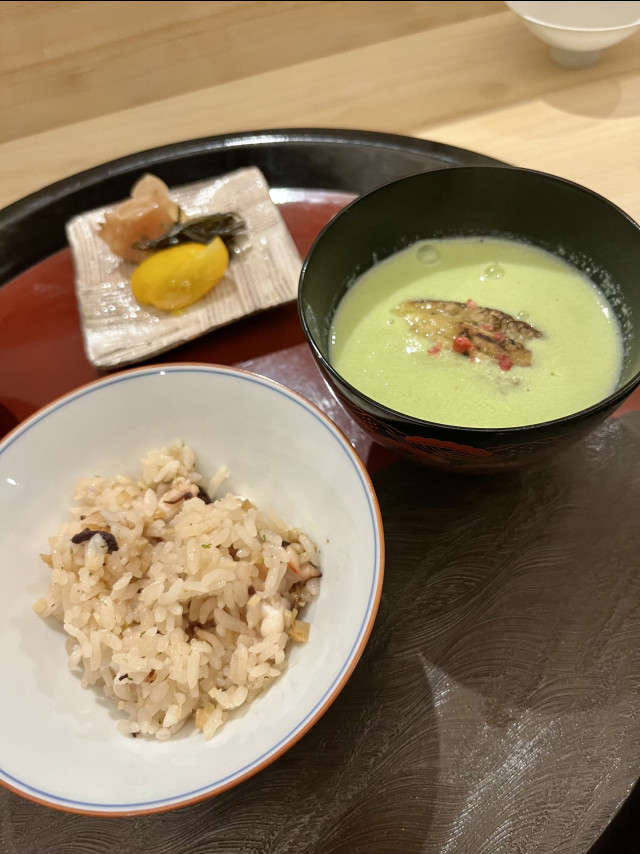
10. Mizumono (Dessert)
One of my favourite courses was the dessert: a seasonal and tasty marriage of peach compote with mint ice cream, and a peach jelly was fresh, zingy, and the perfect way to end the meal.
Meet the Chef
We spoke with the kaiseki guru, Daisuke Hayashi, about his experience training under one of Japan’s most acclaimed chefs and the one ingredient he could never live without.
When did you decide that you wanted to be a chef?
When I was in the third grade of elementary school at around 9 years old.
If you could describe kaiseki in three words, what would they be?
Seasons, culture, philosophy.
What are some of the common misconceptions people have about Japanese food?
Japanese food can be divided into two categories: Japanese cuisine and Washoku. Japanese cuisine preserves cultural customs and has a reasonable formula. Washoku is more broadly defined, as it includes dishes that originated in foreign countries. Therefore, we believe it is necessary to understand both sides.
During our meal, your team was constantly engaging with the guests and explaining the intricacies about each dish. What is the feeling you want guests to leave with after a meal at Roketsu?
We want our guests to feel enriched by the Japanese culture that we offer through our interiors, Japanese plates, service, and atmosphere.
What was it like training under Yoshihiro Murata and what were some of the most important things you learned from him?
It is hard to put it in a short sentence, however, I learnt that cooking is a philosophy, so I was given training to improve my humanity, personality, and resourcefulness. I believe that the master and apprentice relationship is the most important thing in life.
How does the London dining scene differ from what you experienced in Kyoto?
It is a different culture so the foods served and the setting are different, however I think there is a similarity in the respect for history and stories behind dishes and cuisines.
If you were having friends over for dinner, what would you serve them?
A hot pot. I feel a sense of trust when everyone eats from one pot together.
What's the one ingredient you could never live without?
Rice. In Japanese culture, rice is considered a gift from god. It is also a staple food, which is based on a climate rich in water. It is indispensable.
When not at Roketsu, where can we find you having a delicious meal?
Home cooking, because it’s the most comforting
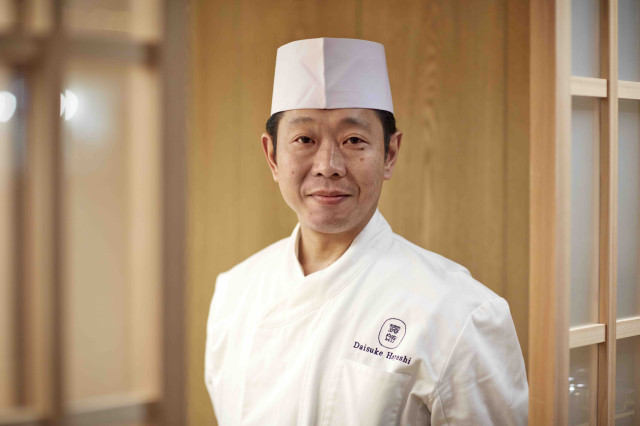
Roketsu London
Address: 12 New Quebec St, London W1H 7RW
Website: https://www.roketsu.co.uk
Read More Chef Interviews
Share this Article
You Might Also Like
-
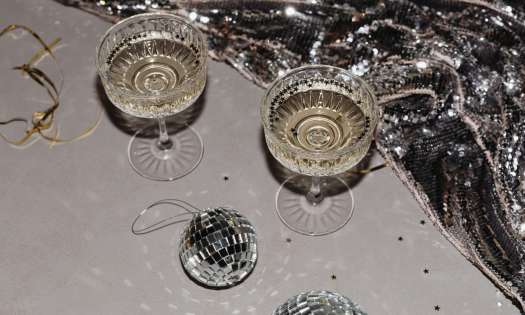
Best Michelin-starred Restaurants in London For New Year's Eve
As 2026 looms, discover our pick of some of the best Michelin-starred restaurants in London for a truly memorable New Year's Eve.
-
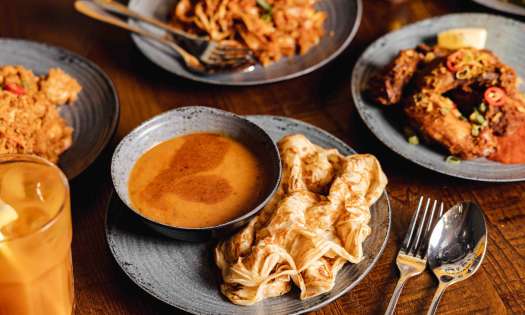
What's On Our Radar This Month: December 2025
From buzzy new restaurant launches and immersive exhibitions to the latest beauty releases, here are 12 things on the Sybarite's radar this December.
-

The Scotch Malt Whisky Society: The Winter Series Unwrapped
With Christmas around the corner, Jeremy Webb takes a deep dive into The Scotch Malt Whisky Society's Winter Series. Discover his honest verdict below.
-
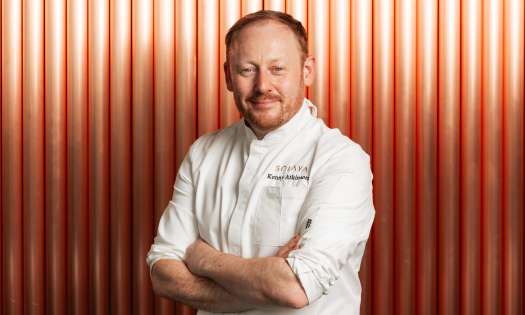
Meet The Chef: Kenny Atkinson of Solaya
Two-time winner of BBC’s Great British Menu Kenny Atkinson has recently launched his first solo restaurant in London dubbed Solaya. Below, find out more about Atkinson's fascinating career, Newcastle's evolving restaurant scene, and the biggest food trends for 2026.
-

Best Luxury Christmas Lunch in London 2025
Below, discover The Sybarite's round-up of some of the best places to enjoy an indulgent yuletide meal.
-
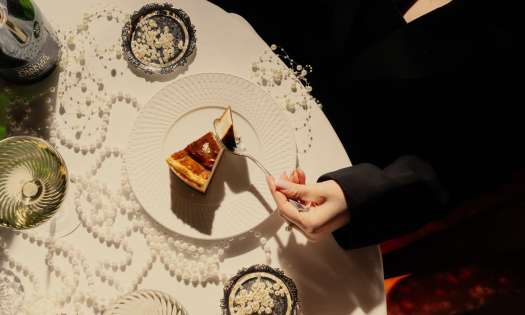
New Year's Eve Restaurants London 2025: Best Places to Dine
As the countdown to 2026 begins, why not elevate your New Year's Eve with a memorable dining experience in one of London's finest restaurants?
